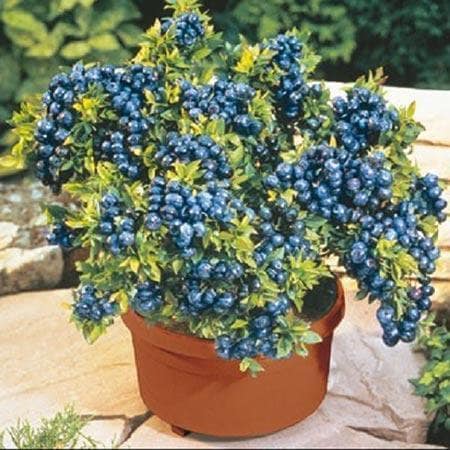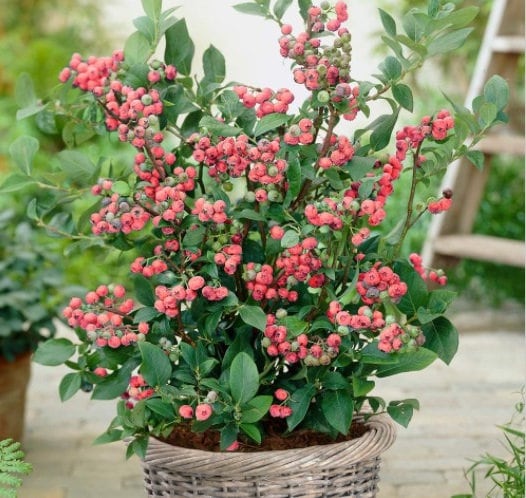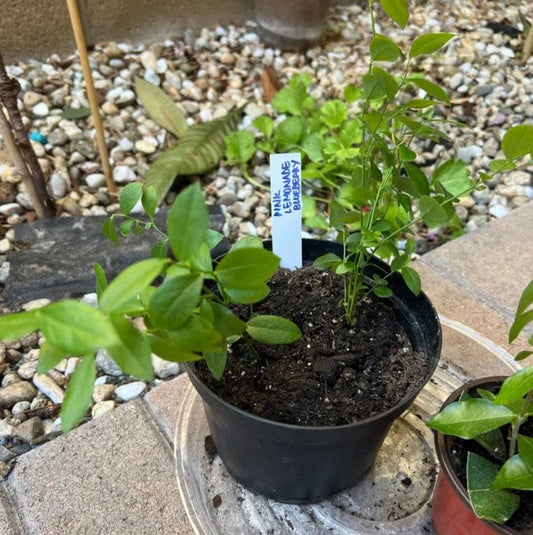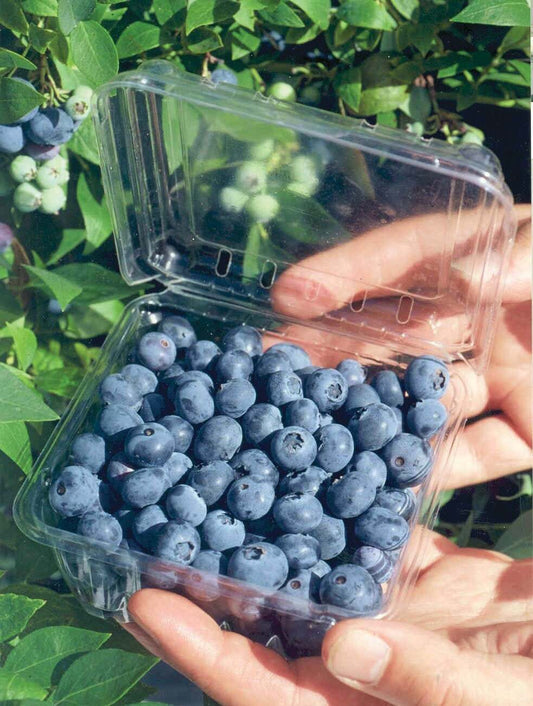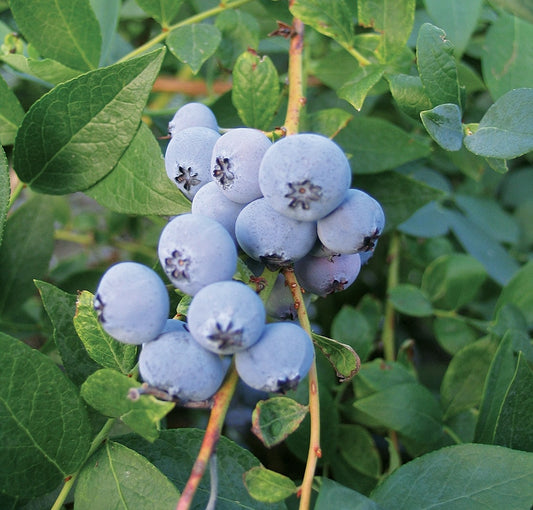Polishing the Gem of Your Garden: Growing Jewel Blueberries
The Jewel blueberry variety, a Southern Highbush known for its early ripening, high yields, and deliciously sweet berries, is indeed a jewel among blueberries. Ideal for growers in USDA zones 7 through 10, Jewel blueberries offer the perfect blend of ornamental beauty and fruitful bounty. Whether you're an avid gardener looking to expand your blueberry collection or a novice eager to taste the rewards of home gardening, this post will guide you through the essentials of nurturing Jewel blueberries to harvest.
Understanding Jewel Blueberries
Jewel blueberries stand out for their robust growth, adaptability to different soil types, and resistance to common diseases. This variety produces large, firm berries with a notably sweet flavor, making them excellent for fresh eating, baking, and preserves. Moreover, their early ripening schedule allows gardeners to enjoy fresh blueberries sooner in the season.
Selecting the Right Location
1. Sunlight Requirements: For optimal growth and fruit production, Jewel blueberries require full sun. A spot that receives at least 6-8 hours of direct sunlight daily is ideal.
2. Soil Preferences: Like all blueberries, Jewels thrive in acidic, well-draining soil with a pH between 4.5 and 5.5. They benefit from soil rich in organic matter, which aids in moisture retention and nutrient availability.
Planting Jewel Blueberries
1. Timing is Key: The best time to plant Jewel blueberries is in early spring or fall, avoiding the extreme heat of summer which can stress young plants.
2. Soil Preparation: If your garden soil isn't naturally acidic, amend it with sulfur or peat moss to reach the desired pH level. For container planting, select an acidic potting mix designed for acid-loving plants.
3. Planting Depth and Spacing: Plant Jewel blueberries at the same depth they were in the nursery pot, spacing multiple bushes 4-6 feet apart to ensure adequate air circulation and room for growth.
Caring for Your Jewel Blueberries
1. Watering Regimen: Consistent moisture is crucial, especially during the plant's first few years and in periods of drought. Water regularly to keep the soil moist but not waterlogged.
2. Mulching Matters: Apply a 2-3 inch layer of organic mulch, such as pine needles or shredded bark, around the base of the plants. This helps retain soil moisture, suppress weeds, and maintain soil acidity.
3. Fertilization Strategy: Use a fertilizer formulated for acid-loving plants, applying in early spring as new growth appears. A second application can be made in late spring or early summer, following the product's instructions.
4. Pruning Practices: Annual pruning in late winter or early spring is essential for maintaining plant health and encouraging vigorous growth. Remove any dead, diseased, or overcrowded branches to improve air circulation and sunlight penetration.
Harvesting Jewel Blueberries
Jewel blueberries typically ripen in early to mid-summer, depending on your climate. The berries are ready for harvest when they are fully blue and detach easily from the bush. Regular picking not only yields delicious berries but also encourages the plant to produce more fruit.
Pest and Disease Management
While Jewel blueberries are disease-resistant, they can still encounter common pests and diseases. Keep an eye out for signs of trouble and manage promptly using environmentally friendly methods whenever possible.
Conclusion
Growing Jewel blueberries is a rewarding experience that adds both beauty and taste to your garden. By providing the right care and conditions, you can enjoy abundant harvests of these sweet, flavorful berries. Whether enjoyed fresh off the bush, in homemade pies, or as tasty preserves, Jewel blueberries are sure to be a cherished addition to your garden for years to come.
